Almost all of today’s better audio/video receivers are capable of powering 7 or more discrete channels of audio. The “.1” after the 5 or 7 indicates the number of subwoofers. For example, a 7.2 receiver supports 7 discrete channels of audio and 2 subwoofers. So, the question is, do you need a 7.1 speaker system to go with your 7.1 receiver? Not necessarily. One of the main reasons for a 7.1 system vs. a 5.1 system is to have an immersive 360 degree surround image. Do you have a 5.1 system and hear sound from the front and back, but not much from the sides? If so, then upgrading to a 7.1 system with two additional side speakers should help to fill in the gap.
With our RSL 5.1 home theater system, the 2 additional speakers are not usually necessary. This is because the broad imaging characteristics that our patented Compression Guide Technology gives the speakers. In most rooms, if you close your eyes you could swear there are speakers on the side of the room even though they’re actually behind you. For example, in a movie soundtrack, where the musicians would be on the sides, that’s where you’ll hear them, even though there aren’t any speakers there.
When our customers ask us if they should go with a 5.1 or 7.1 system, we suggest they start with a 5.1 system. They can always add the 2 additional speakers later. Most of our customers stick with the 5.1 system. Occasionally, people will add the 2 speakers later figuring they’d like more of a good thing.
There’s no problem running a 5.1 speaker system with a 7.1 receiver. You’ll wind up with 2 unused amplifiers, which can be used to power speakers in another room or outdoors.
A 7.1 system may be appropriate if your room is extremely large and/or it opens into other large rooms. Also, with the additional 2 speakers, the system will be capable of playing at higher volume levels with the same audio/video receiver, because you’ll be pumping more total power into the room with 7 amplifiers as opposed to 5.


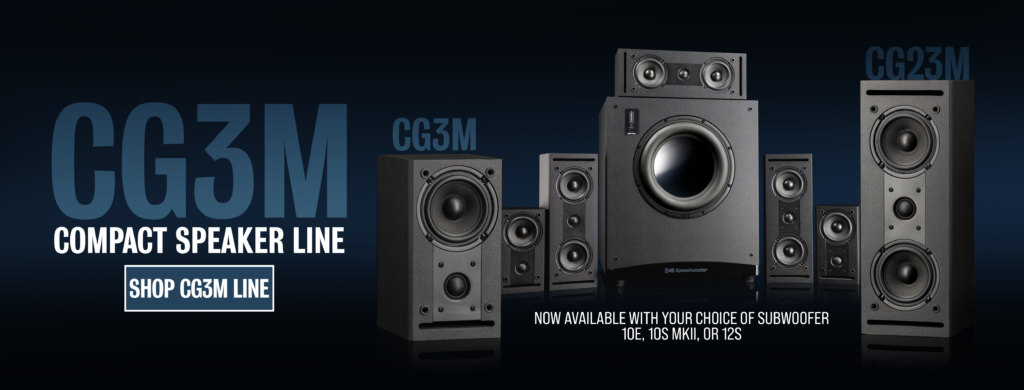
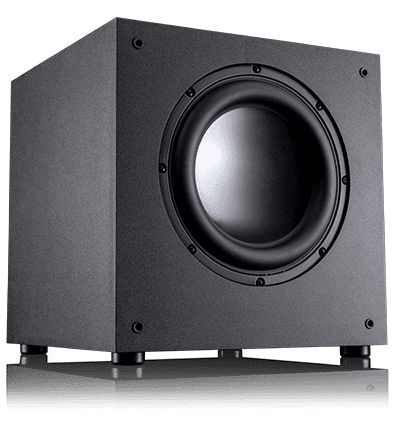
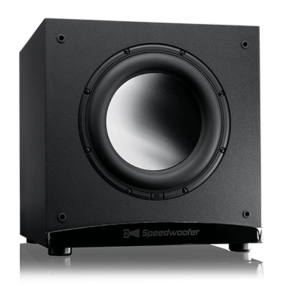
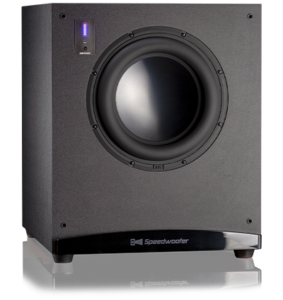
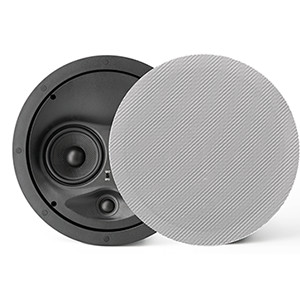
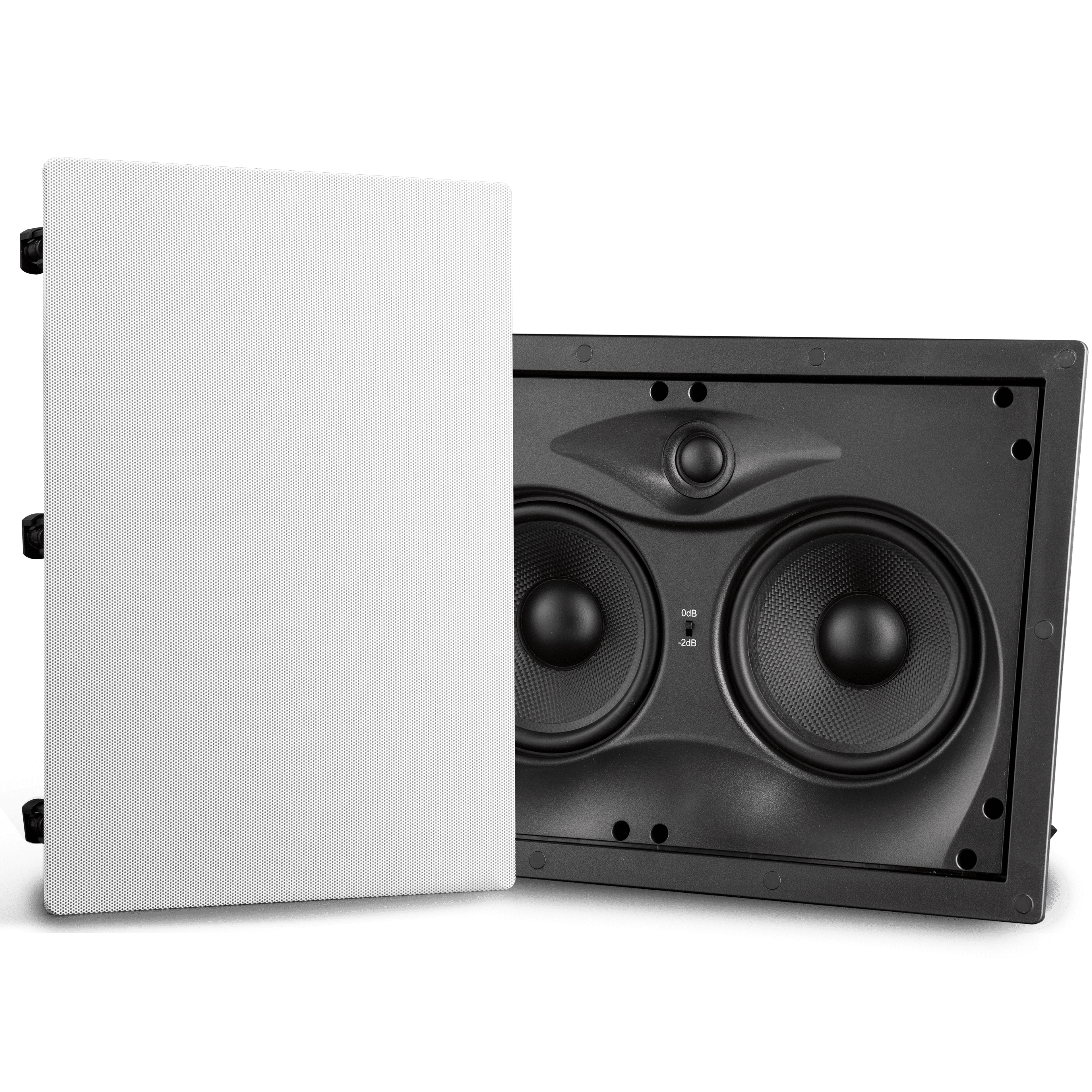
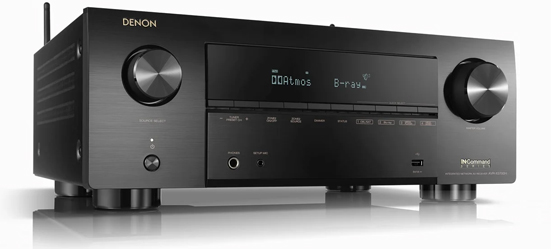

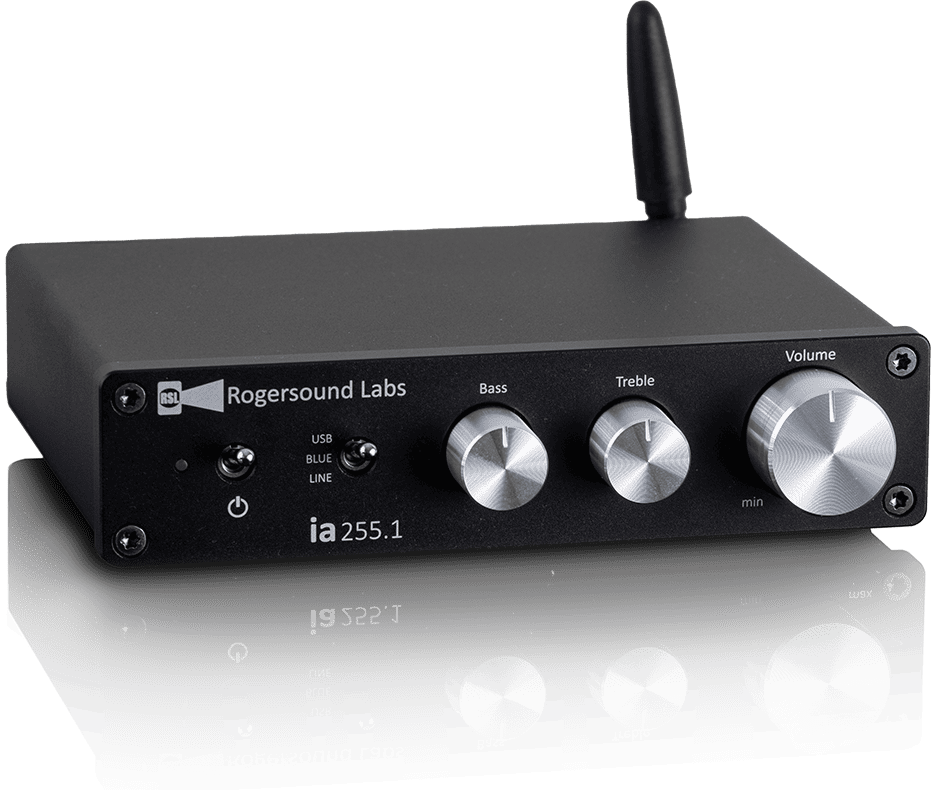


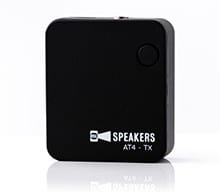
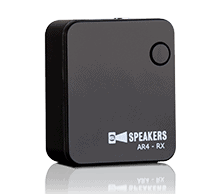
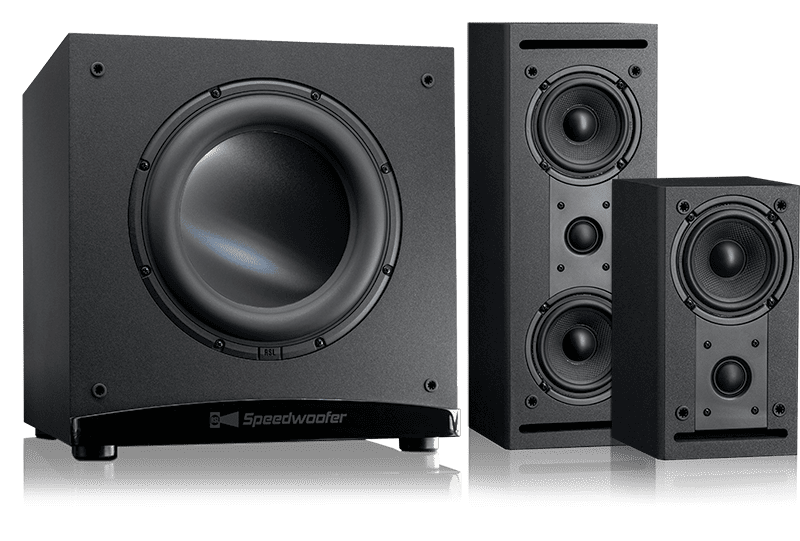
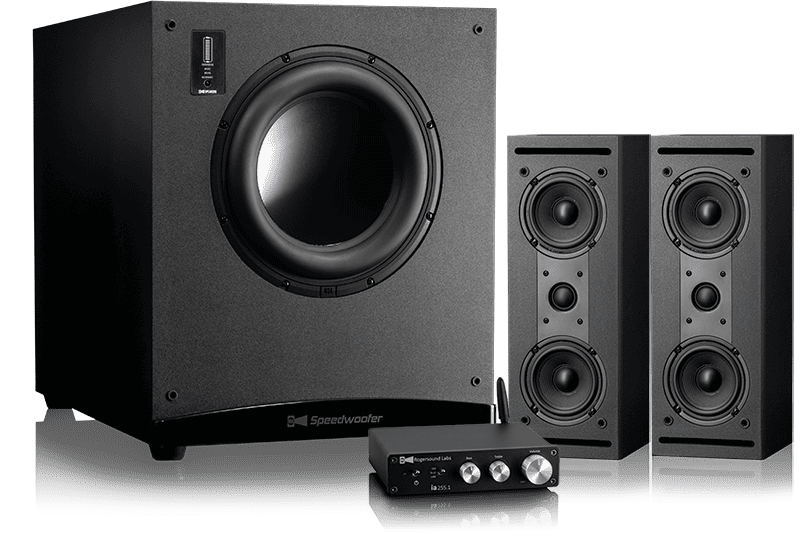
Leave A Comment